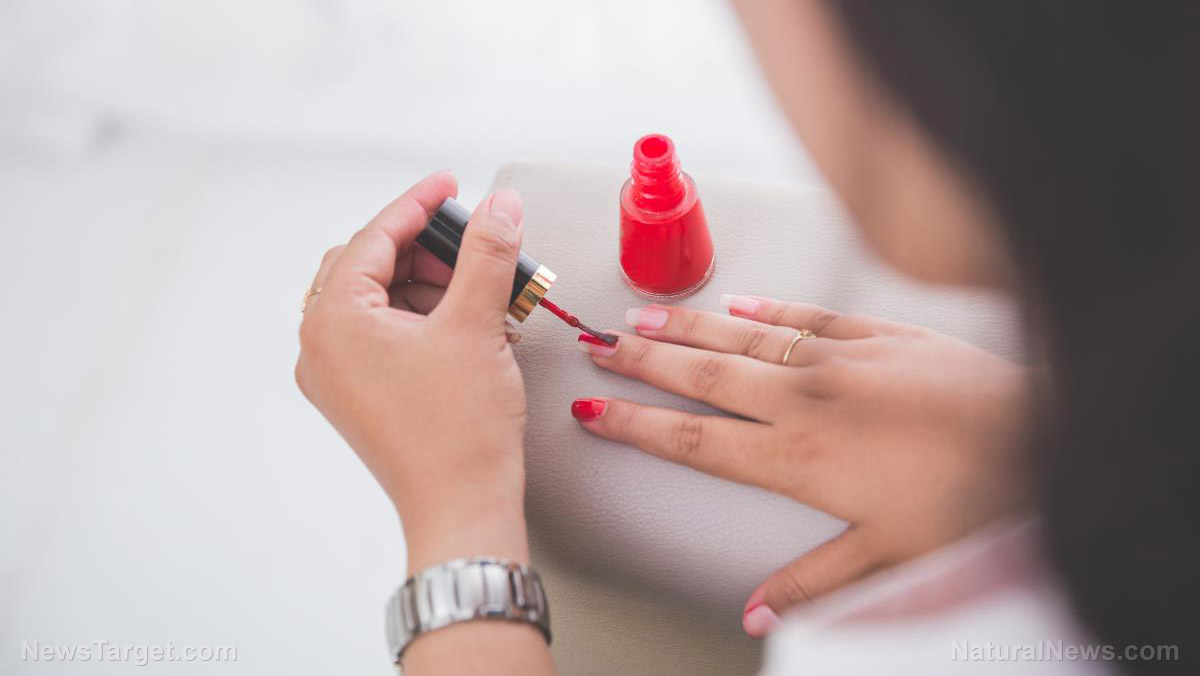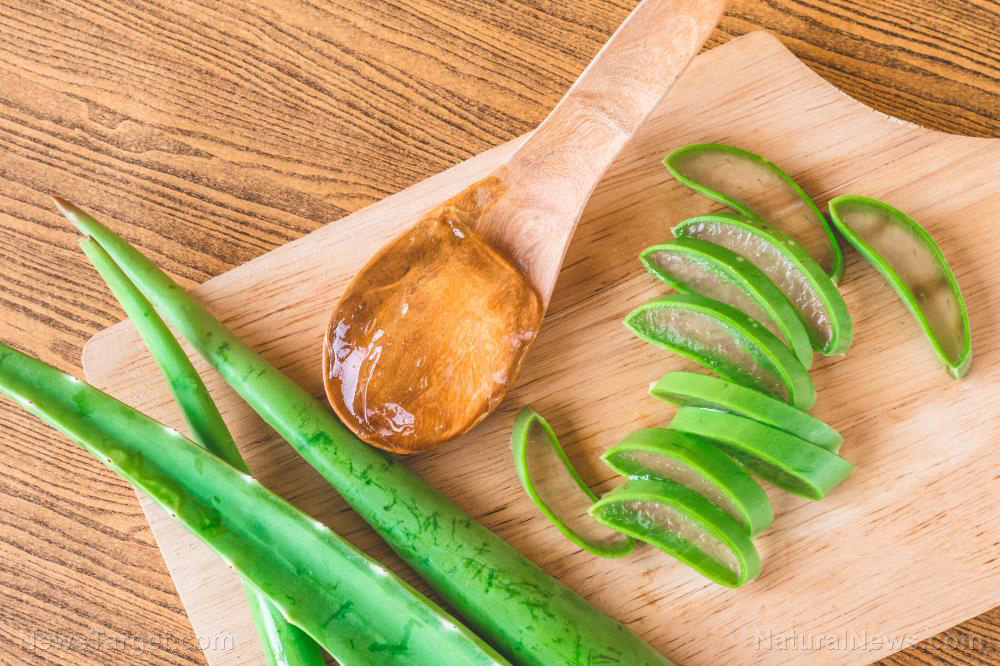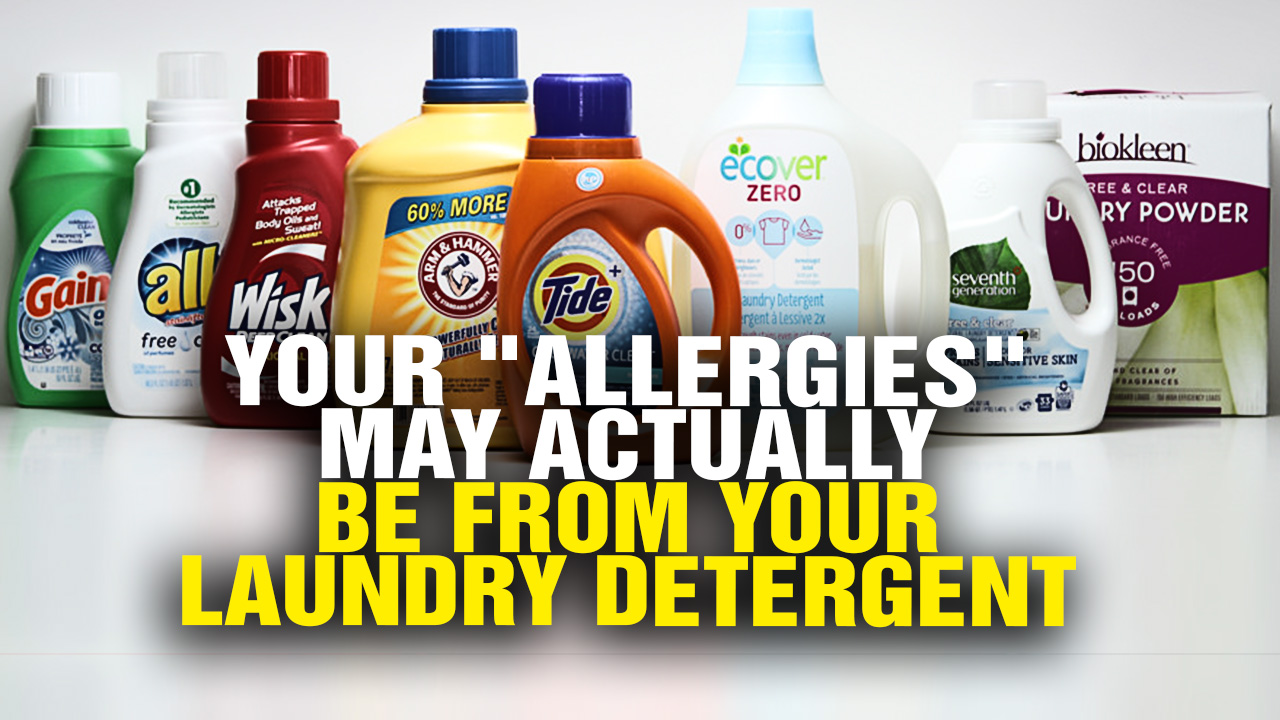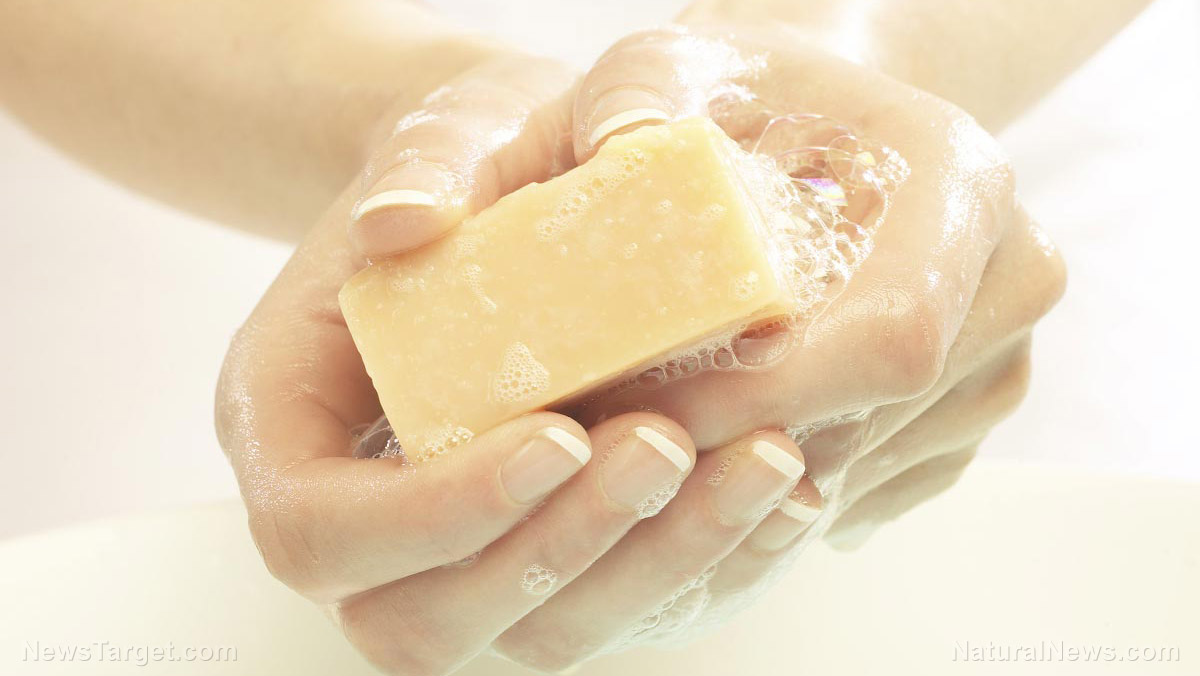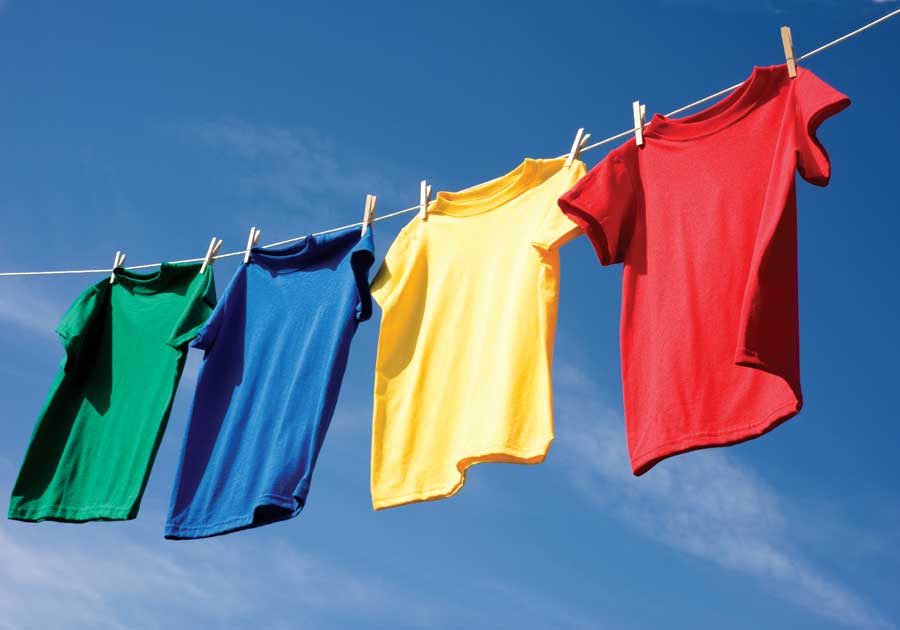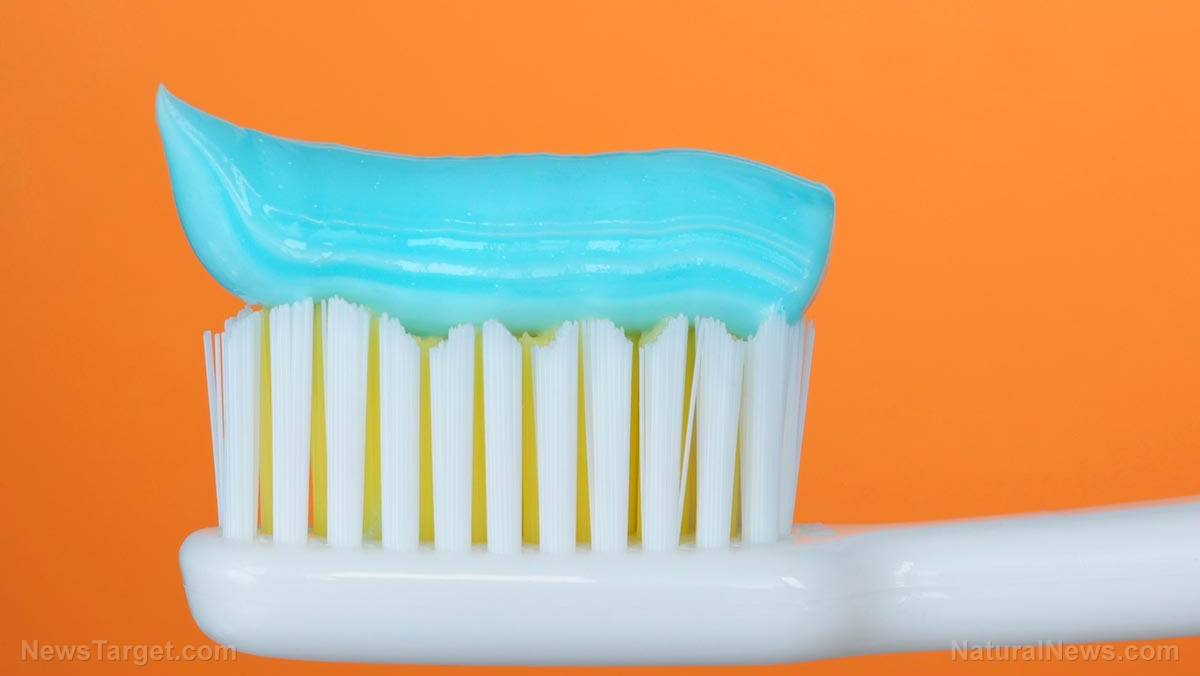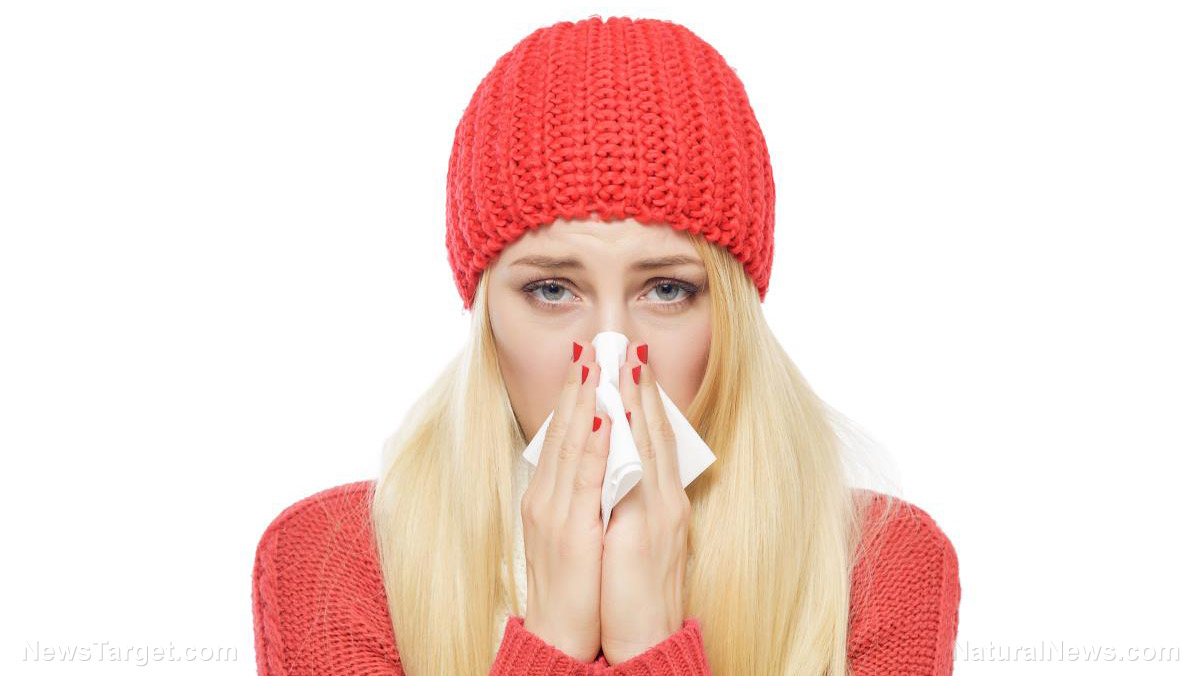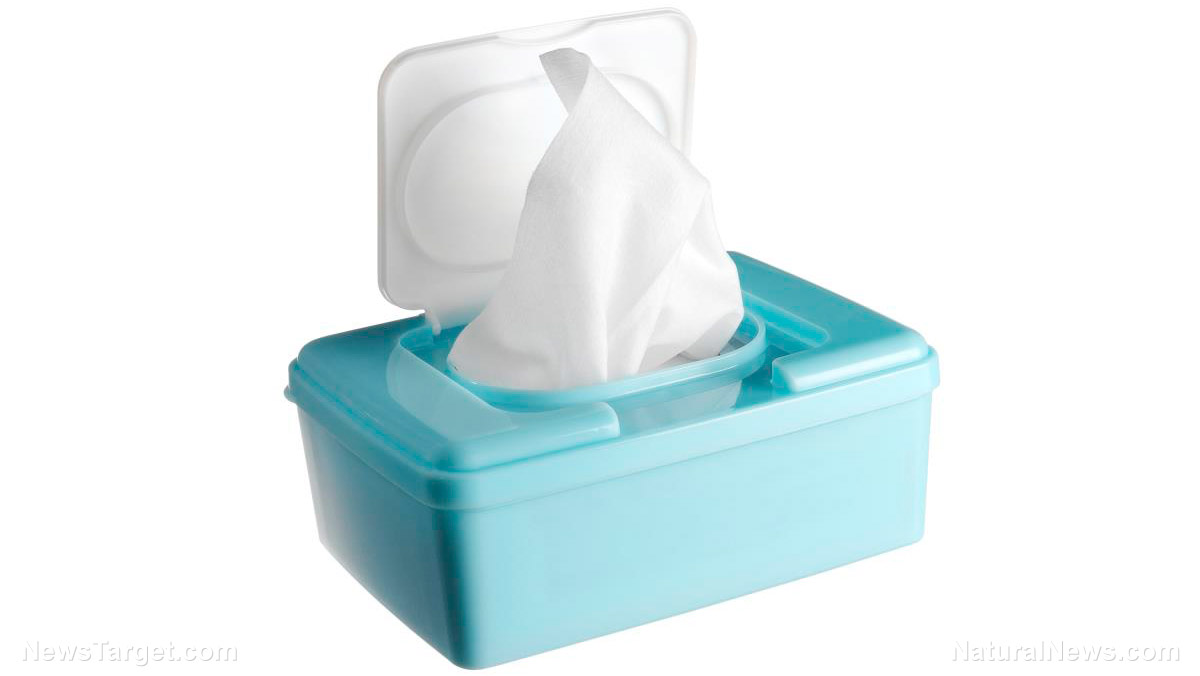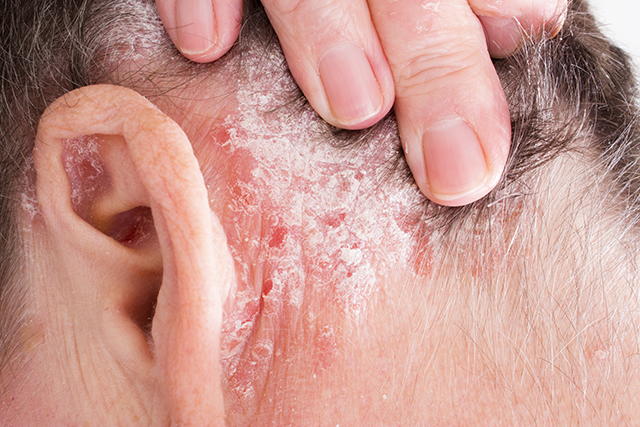Common household chemicals: 13 toxins you should remove
04/24/2018 / By Edsel Cook
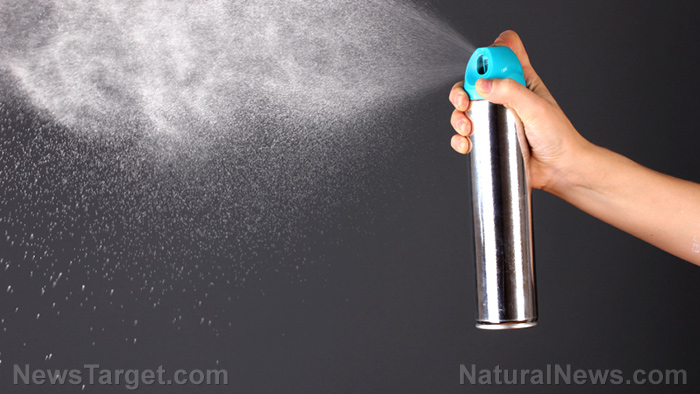
You might think of air pollution as an exclusively outdoor problem, but indoor air pollutants are now an even bigger threat to your health. There are 13 sources of toxic chemicals found in your house that account for much of this pollution, according to a GreenMedInfo article, so replacing them will go a long way.
Let’s start with the non-stick cookware in your kitchen. Their conveniently slippery Teflon coating is composed of polytetrafluoroethylene, which breaks down into carcinogenic gases. So swap them out for stainless steel, cast iron, or porcelain-coated counterparts.
Next up are the cleaning supplies you’ve stocked up. This should come as no surprise given your body’s reaction to a whiff of the powerful stuff stored inside those thick bottles. (Related: Petroleum-based chemicals in cleaning products, perfumes and pesticides now cause as much air pollution as vehicles.)
All-purpose cleaners are made out of toxic ammonia and bleach. The former affects your liver and kidneys, while the latter is a nasty irritant. The chemicals you use for cleaning ovens and drains are even worse; they can give you chemical burns and fill your lungs with fumes.
Instead, try your hand at homemade cleaners made from baking soda and vinegar.
Poisonous air fresheners, light bulbs, and pest killers
Next up are air fresheners. No matter what form they take, it doesn’t change the fact they’re petrochemical products that can trigger respiratory problems, breast cancer, diabetes, and heart disease. Throw open your windows for a breath of fresh air or go after the source of the odor.
CFL light bulbs get their efficiency partly through the use of the heavy metal mercury. Disposing of a bulb requires a special procedure, a dedicated facility, and utmost care. Until a mercury-free version comes along, you are better off with LED lights.
Chemical insecticides and herbicides are obviously dangerous. Glyphosate-based RoundUp is especially infamous, while the cypermethrine in most bug killers affects the central nervous system of humans and animals. If bugs really bug you, use a peppermint castile soap. If you don’t feel like pulling out weeds by hand, vinegar works just as well. And if you want to kill two pests with one, use diatomaceous earth.
The chemical fertilizers you spray on your lawn won’t directly affect you, but when its runoff eventually reaches local water sources or even the sea, it’ll cause immense damage to aquatic ecosystems. Switch to organic fertilizers and compost, or go a step further and turn your lawn into a eco-friendly xeriscape yard or a useful vegetable garden.
Healthier options for laundry products, plastics, and personal care items
Your cushions, mattresses, and foam pillows are probably made of flame retardant materials. Better replace them as soon as you can afford them, because their polybrominated diphenyl ether (PBDE) fibers reportedly cause liver, thyroid, and nerve problems.
Fabric softener and dryer sheets are crammed with too many toxic chemicals to count. Instead, fluff your clothes with wool dryer balls or spiked dryer balls. Adding half a cup of vinegar to your washer’s fabric softener compartment work, too.
The prevalent use of anti-bacterial products not only helped spawned “super-bugs”, but also weaken your kids’ immune system. So wash your hands clean of that mess with plain soap and water.
Reduce your use of disposable plastics like shopping bags and pet bottles, especially since the latter contains endocrine disruptors like BPA. Go for reusable containers like cloth bags and steel bottles.
Like air fresheners, the fragrances used in detergents, perfumes, and scented soaps are petroleum products. Baking soda is a good alternative for scented detergents, and there are healthier organic equivalents for perfumes and soaps.
Find out more ways to safeguard your health at Health.News.
Sources include:
Tagged Under: chemicals, clean living, green living, herbicides, indoor air pollutants, insecticides, Personal care products, petroleum products, plastics, Roundup herbicide, toxic chemicals, toxins



